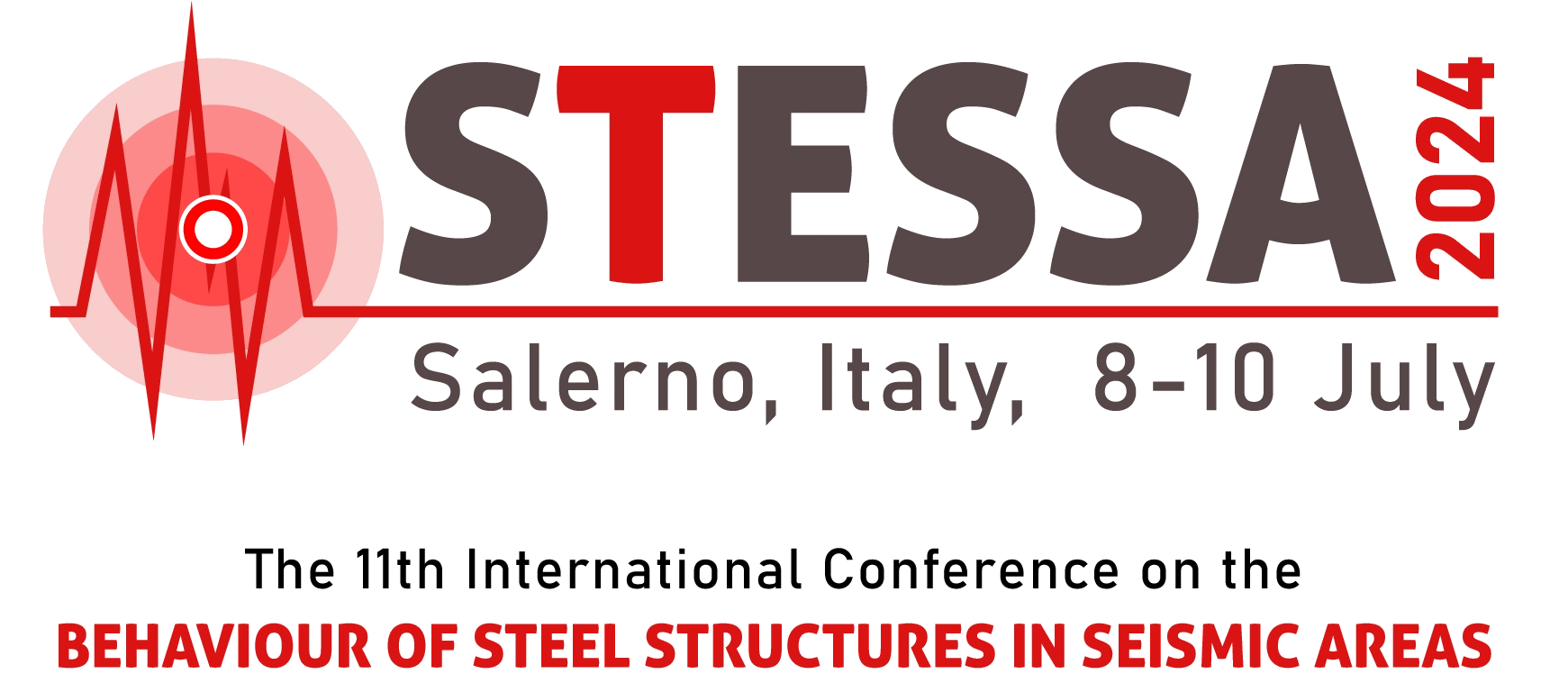
STESSA 2004
Fast track to fabrication with Metal Park, launch your metal business in no time.

Fast track to fabrication with Metal Park, launch your metal business in no time.

This Specialty Conference is the only world conference specifically devoted to the behaviour, design, assessment, testing and applications of seismic-resistant steel structures. It will collect worldwide researchers, academics and engineers, for discussing the latest developments in the field of steel structures in seismic areas. The Conference cyclically cover the major earthquake-prone areas in the World (say Southern Europe, Pacific Asia, the American continent and Oceania).
During the last Conference Staff Meeting in Timisoara, it was decided to plan the next STESSA Conference in 2024, thus recovering the loss of one year due to the Covid-19 pandemic situation and select Salerno (Italy) as the next venue for STESSA 2024.
Despite the pandemic situation, the last Conference in Timisoara confirmed the interest of the scientific community in such a kind of very specialized formula with a lot of participants, presenting 124 papers collected in the Proceedings Volume.
The unquestionable success of this chain of Conferences makes us confident that, thanks to your participation, also the eleventh edition of STESSA in Salerno will provide a remarkable contribution to the development of our discipline.
The best way of looking into the future is to understand the past. Many lessons have been learned from past dramatic earthquakes. Even though steel remains the best material for seismic-resistant steel structures, some of the past earthquakes seriously undermined the ideal image of steel. The ductility of the material could be not completely exploited because of many circumstances which need to be more and more well understood and governed by appropriate design procedures. It is always of paramount importance to critically analyse the results and modify the design procedures accordingly to the shortcomings in the interpretation of the behaviors of material, structural elements and joints under exceptional loading conditions like those occurring in case of destructive earthquakes.
Improving structural ductility under unfavorable conditions plays a key role in traditional seismic-resistant schemes. Past research activities called for the use of the multiple-level design concept, the differentiation of earthquake types between near-field and far-field, the analysis of all factors influencing the steel structure behavior during strong ground motions, the evaluation of ductility erosion due to unexpected conditions, etc. The new achievements have to be disseminated among the scientific community to promote the transfer of knowledge.
However, the design flexibility of steel structures is unlimited, providing the designer with no limitation to the structural details and the structural schemes that can be conceived. All that the mind can conceive can also be achieved with steel structures. Low-damage steel structures, rocking systems and re-centring systems could represent the future of steel structures. The challenge for the future is the transfer of these achievements into practice to fill the gap between the more and more accumulating knowledge and the existing design codes.
The technical program of the Conference will consist of Plenary Sessions with invited speakers and parallel working sessions for the oral presentation of the paper and open discussion. Poster sessions could be organized depending on the number of papers to be presented.